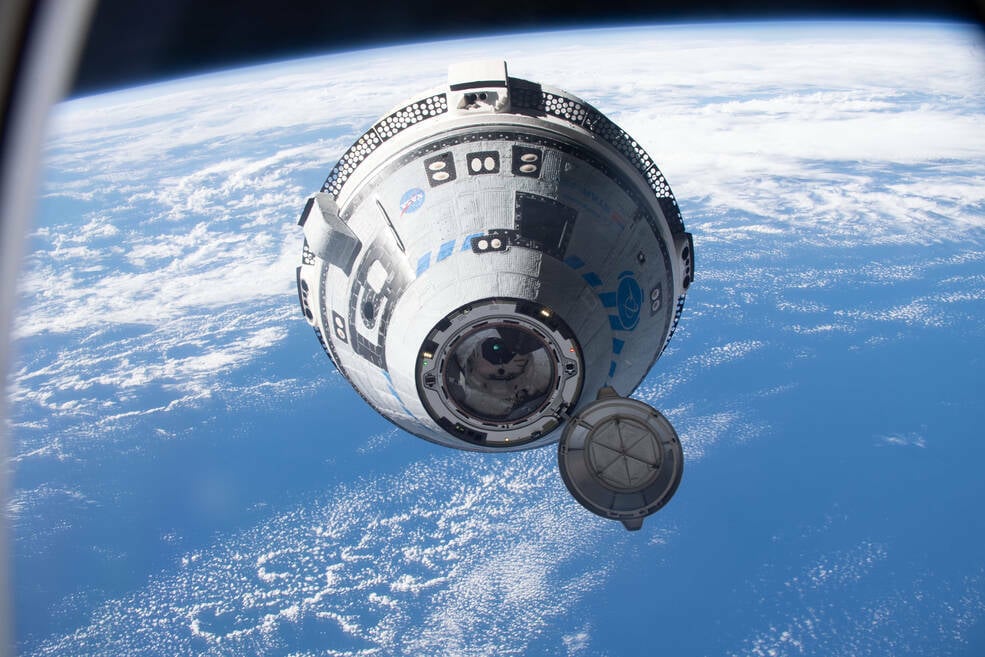Boeing’s Starliner, aka the Calamity Capsule, has suffered another setback after a hoped-for May 25 launch date has been dropped as engineers work to deal with a helium leak in the spacecraft’s propulsion system.
NASA has reportedly dropped the not earlier than (NET) date to give engineers more time to evaluate the issue.
“The team has been in meetings for two consecutive days, assessing flight rationale, system performance, and redundancy,” the US space agency said. “There is still forward work in these areas, and the next possible launch opportunity is still being discussed.
“NASA will share more details once we have a clearer path forward.”
The Register contacted NASA for more details and will update should it respond.
The leak was traced to a flange on a single reaction control thruster. Starliner has 28 reaction control thrusters on the service module, which is where the problem lies. The thrusters are used for spacecraft attitude and small course corrections. Helium, an inert gas, is used to pressurize the system.
A helium leak on the ground would not pose a safety issue, certainly not when compared to the far more explosive and toxic fuels used by spacecraft. In NASA’s earlier announcement on the matter in recent days, it said the leak was stable and “would not pose a risk at that level during the flight.”
However, engineers have been unable to come up with a rationale that would allow the Starliner team to proceed with a May 25 launch or resolve the issue. The specter of destacking – where the Starliner spacecraft is removed from its Atlas V rocket – is now hovering over the launch complex. A destacking would push the launch well into June.
Separating the capsule from the service module would add further delays and potentially conflict with other International Space Station (ISS) missions and ULA’s own requirements for the launch complex. In the coming months, Space Launch Complex-41 (SLC-41) will be required to launch a payload atop another Atlas V for the US Space Force.
To rub salt into the wound, SpaceX is due to launch a Crew Dragon to the ISS in August. Further delays to the Calamity Capsule could result in the first crewed launch moving to a much later date this year.
One of NASA’s goals with the Commercial Crew Program was to create redundancy and remove the agency’s reliance on the Russia’s Soyuz spacecraft for ISS crew launches. It selected Boeing and SpaceX as providers. With the CST-100 Starliner yet to become operational, that longed-for redundancy using US providers has yet to appear. ®

Dr. Thomas Hughes is a UK-based scientist and science communicator who makes complex topics accessible to readers. His articles explore breakthroughs in various scientific disciplines, from space exploration to cutting-edge research.







